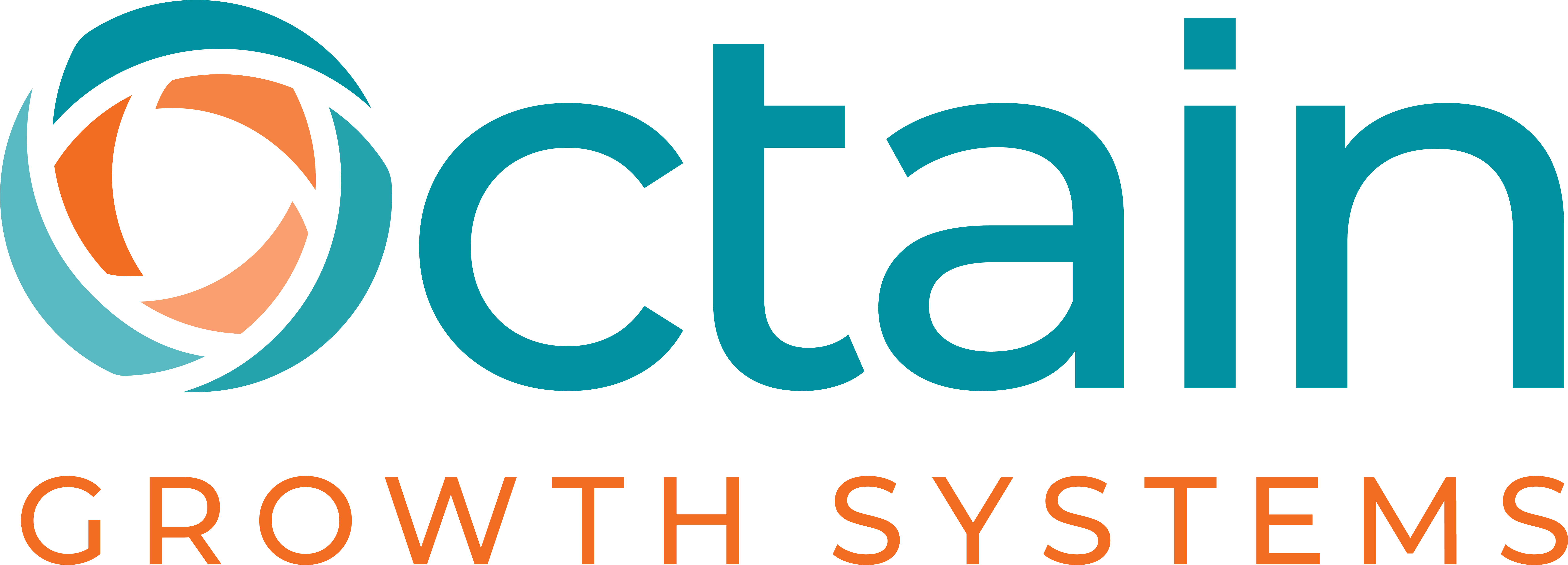Moving fast is a given for many scaling companies.
Yet moving fast without the right operational strategies in place can lead to company, employee and customer chaos.
“Success thrives in transparency, alignment, and ongoing adaptation,” says Taja M. Graham, the founder of TMG Solutions Advisors.
Graham is a fractional COO with a deep background in media sports and entertainment, where she led a 150+ team that generated $23 million gross revenues and $2 million cash flow annually.
Graham offers these seven principles for operational growth in today’s economy.
1. Build the Foundation: Strategic Decision-Making
For businesses aiming to thrive in 2025 and beyond, prioritizing clear, strategic decisions is non-negotiable. Graham asserts that growth is contingent upon identifying inefficiencies—like redundant processes or underutilized technology—and quickly addressing them. Timely action and a focus on scalable workflows allow businesses to remain both flexible and efficient.
2. Conduct Regular Process Audits to Eliminate Bottlenecks
Process audits are an indispensable tool for diagnosing and addressing operational inefficiencies. Some common culprits include:
- Workflow Inconsistencies: A lack of standardized processes often results in bottlenecks and duplicated efforts.
- Resource Mismanagement: Overemphasis on either technical or human resources creates imbalance.
- Communication Gaps: Ineffective internal communication leads to misunderstandings that cost time and resources.
- Risk Management Issues: Missing compliance measures can result in financial penalties and reputational damage【8:20†source】.
Effective audits allow businesses to identify these constraints and implement targeted improvements that enhance productivity and profitability【8:20†source】.
3. Embrace Advanced Technologies for Competitive Advantage
2025 will be a defining year for businesses adopting AI and data analytics. Graham emphasizes that these tools not only streamline operations but also empower businesses to make strategic, real-time decisions. “Automating mundane tasks frees up human capital for more impactful activities,” she notes. This shift allows businesses to harness operational efficiencies, keeping them aligned with market needs.
4. Learn from Success
In a particularly telling example from Graham’s portfolio, she worked with a specialty retail brand facing significant operational inefficiencies. By prioritizing communication within their team and streamlining their order fulfillment processes, Graham’s approach eliminated key bottlenecks.
This transformation not only reduced delays but also improved customer satisfaction, ultimately leading to a double-digit increase in retention rates. Such stories underscore the tangible impact that operational strategies can have on growth.
5. Foster a Continuous Improvement Mindset
A culture of continuous improvement is critical for long-term sustainability. Graham suggests these essential pillars:
- Internal Growth: Employees thrive when equipped with transparent training programs that align with the business’s goals.
- External Partnership: Engaging with customers through ongoing feedback loops fosters trust and enables businesses to adapt to evolving demands.
This dual focus enhances both employee satisfaction and customer loyalty, setting the stage for consistent progress.
6. Budget Strategically
Innovation is a key driver of growth, but it must be carefully balanced against operational needs. Graham advocates for a three-tier budgeting framework:
- Core Innovations: Focus on enhancements that closely align with your primary business objectives.
- Adjacencies: Optimize existing solutions and processes.
- Transformational Initiatives: Invest cautiously in high-risk, high-reward opportunities.
This disciplined approach ensures that innovation supports—not threatens—financial stability.
7. Prioritize Both Speed and Sustainability
Graham warns against chasing rapid gains at the expense of long-term viability. Instead, businesses should aim for deliberate, data-driven growth by gradually expanding their resources and service offerings as operational processes improve
The roadmap to growth in 2025 is clear: prioritize operational audits, leverage cutting-edge technology, and foster a culture of continuous improvement.
In Graham’s words, “Success often thrives in transparency, alignment, and ongoing adaptation. With a commitment to these principles, growth can become a reality—not just a goal.”

Taja M Graham is a Fractional CRO and COO, specializing in scaling sales teams, optimizing operations, and driving business growth through data-driven strategies, streamlined operations, and go-to-market execution.
Contact Taja via email at tajagraham@tmgsolutionsadvisors.com or phone 704-259-7153.

